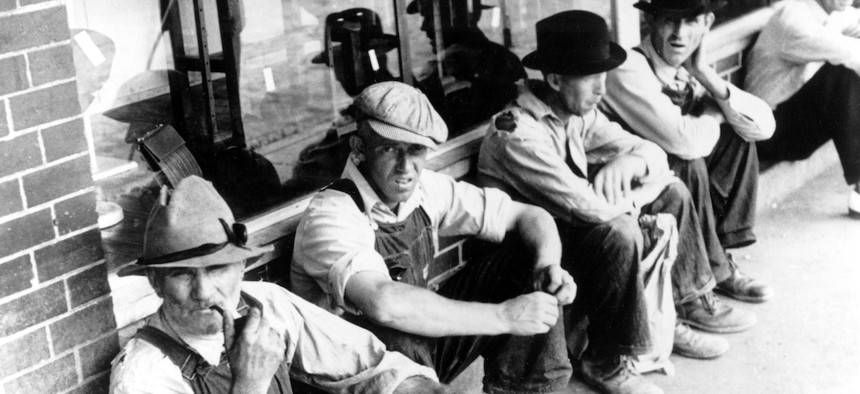The only reference point for the economic collapse COVID-19 has caused is the Great Depression, when as many as one-quarter of American workers were unemployed. In light of that, it’s worth looking at how the United States spent its way out of the depression to find ideas for building a strong economic future. And, even on its own, New York state can imitate some of President Franklin Roosevelt’s successes.
What are the lessons to be learned from Roosevelt’s nation-rescuing New Deal?
First, the government must invest in economic expansion and not let up until the economy has fully recovered. Massive federal spending, beginning in 1933, began to lift the country out of economic despair, but a conservative Supreme Court ruled some of the programs unconstitutional. That, plus modest recovery and ill-considered concern about deficit spending given the circumstance led to complacency. By 1937 the situation remained dire. Ultimately, massive spending to fight World War II proved the ox that pulled the country out of its ditch.
No rational person wants a war, but what we learned is that the remedy for a depression is huge public spending. The risk of doing too little is far greater than the risk of spending too much. The federal government is best placed to fund it because it has the unique capacity to borrow money – and currently to do so at extremely low interest rates – and can create programs at national scale. If spent in productive ways, rather than annihilation and destruction, the short-term spark can generate sustained economic heat. Infrastructure programs like the Tennessee Valley Authority, which brought electricity to rural areas in the South, helped lift the nation from its knees and delivered decades of benefits that continue to this day.
Perhaps the severity of our nation’s crisis will spur our dysfunctional Congress to act. Let us hope so. But New York state should take bold action of its own now in preparation for post-COVID revitalization. There is no shortage of investment projects. Renewal of downstate’s limping mass transportation systems, development of a rail freight connection across New York Harbor, restoring damaged roads, bridges, and tunnels across the state, addressing the affordable housing crisis, replacing a centuries old electric network with a climate change-conducive smart grid as promised in a Green New Deal for New York, and on and on.
The challenge is paying for it, but doing so is possible. New York should issue $100 billion or more of revitalization bonds. To make them affordable, the bonds should have a 100-year term, with a fixed rate of interest a point or two over our current historically low rate of inflation. Repayment should start after three years or so, to give the stimulus a chance to produce the gains that would help pay for them.
Who would buy them? It is a perfect time for Wall Street’s financial institutions, bailed out by the public during the financial crisis little more than a decade ago, to step up and ensure successful placement. New York’s public pension funds, with their long time horizons, can do their part, along with New York-based endowments and national ones that recognize New York’s unique place in the nation and the unusually horrific impact of COVID-19 on the state. The bonds can be offered to the public as well, for the many New Yorkers of means to demonstrate local patriotism at a time when it matters.
The plan might require an amendment to the state constitution and other measures that are not trivial. But the right leadership could make things happen in time to put New Yorkers back to work in a massive way, as soon as public health considerations allow.
NEXT STORY: NYC requires a leaner, tech-driven government


